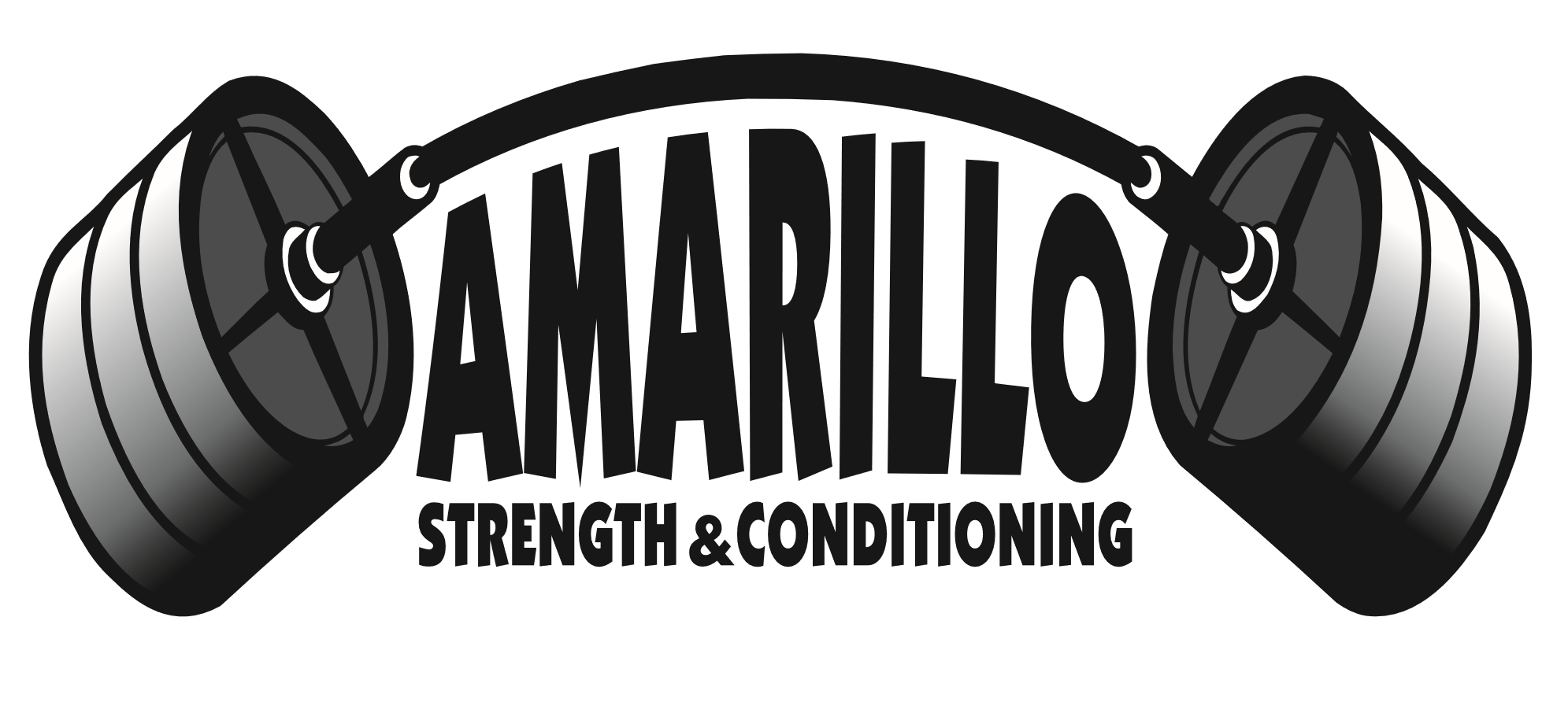Training for Performance
This is Mady, one of the student athletes I train. Mady is a competitive swimmer and quite the skilled lifter. She’s a very smart and very determined young lady that doesn’t miss a workout. I’ve seen her push through a training session without complaint, only to find out at the end she was unusually quiet that day because she was suffering from a migraine. Her dedication to becoming stronger is inspirational.
I train Mady for 75 minutes, twice a week. The first hour of the session is spent performing compound (multi-joint) barbell exercises that leave no muscle group unrecruited. Each training session, the load on the bar for each lift is increased. This provides us with direct measurable evidence of the program’s efficacy through the increase of Mady’s ability to produce force against an external resistance. The ability to produce force against an external resistance is the definition of strength. Her ability to produce force translates to the pool where the external resistance is water. However, to be an effective swimmer, Mady needs to not only produce force, she needs to produce force quickly. Producing force quickly is referred to as power. To directly train Mady’s power, I incorporate dynamic exercises in her sessions and then load those exercises to make them more difficult over time.
Making training efforts more difficult over time is required to drive progress. Every time Mady walks into the gym, her training program requires her to perform better than she did in her previous training sessions. If we simply kept the level of training difficulty the same,neither Mady’s strength nor power would progress. However, the goal of my programing for Mady is not to crush her with every training session. Improving performance is a process requiring regular dosing of training stress over time. The training stress must be difficult enough to drive progress, but not so difficult she isn’t able to walk or comb her hair the next day.
The last 15 minutes of Mady’s training sessions are spent working on short, reactive conditioning efforts specific to her performance at swim meets. The goal here is to make her confident in her ability to be reactive and to produce force quickly off the starting blocks and off the wall for the turn-around in the pool. And I don’t waste our time in the gym with redundant conditioning work she is already getting at swim practice; so, her conditioning work is short, fast, and designed to provide her with a cardio stimulus different than what she gets at practice.
Mady started training with me when she was in junior high in our summer strength and conditioning program for students. Summer 2019 will make our 11th year of summer strength and conditioning classes. We pride ourselves on teaching students safe and effective training practices they will carry for the rest of their lives. Summer classes are offered Tuesdays and Thursdays at 10:30am-noon starting June 11th and running through August 1st – More info and registration here.


